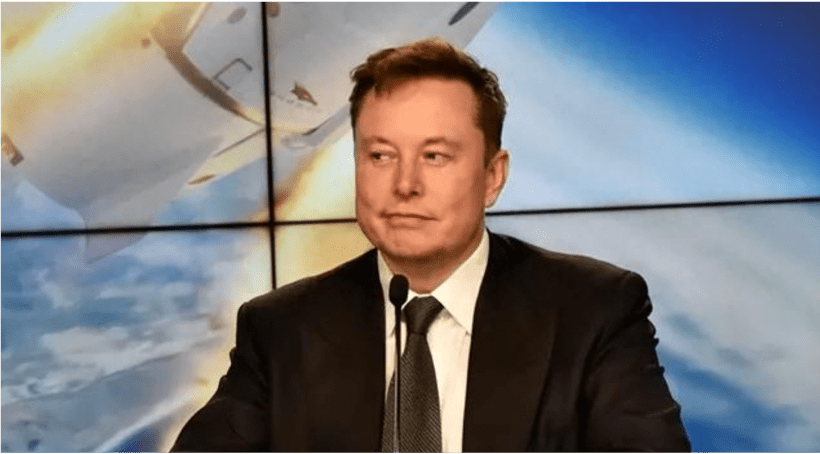
July 9 (Reuters) - Futures linked to Canada's main stock index rose on the back of metal prices on Tuesday, while investors awaited U.S. Federal Reserve Chair Jerome Powell's congressional testimony on monetary policy later in the day.
The S&P/TSX 60 futures were up 0.25% by 06:28 a.m. ET (1028 GMT).
The Toronto Stock Exchange's materials sector was set to re
Oil futures , dipped as fears over supply disruption eased after Hurricane Beryl, which hit major refineries along with the U.S. Gulf Coast, caused minimal impact.
Markets will be heavily focussed on Powell's two-day monetary policy testimony before the Senate Banking Committee, starting at 10 a.m. ET (1400 GMT), which can help investors gauge the Fed's rate-cut path.
Following last week's softer jobs data, market participants are now pricing in a 77% chance of a rate cut by the U.S. central bank in September.
The main macro event for the markets this week will be the U.S. consumer prices data due on Thursday, which can help assess the trajectory of inflation in the world' biggest economy.
Wall Street futures were also up on Tuesday after the S&P 500 (.SPX), opens new tab and Nasdaq (.IXIC), opens new tab touched record closing highs in the previous session.
In Canada, fears of the economy slipping into recession advanced after the latest data showed that the unemployment rate rose to a 29-month high in June.
Traders are now pricing in a 65% chance of another cut by the Bank of Canada, which already trimmed interest rates last month.
In corporate news, Cenovus Energy (CVE.TO), opens new tab said it is demobilizing some staff at its Sunrise oil sands project in northern Alberta as a precaution due to the evolving wildfire situation in the area.




